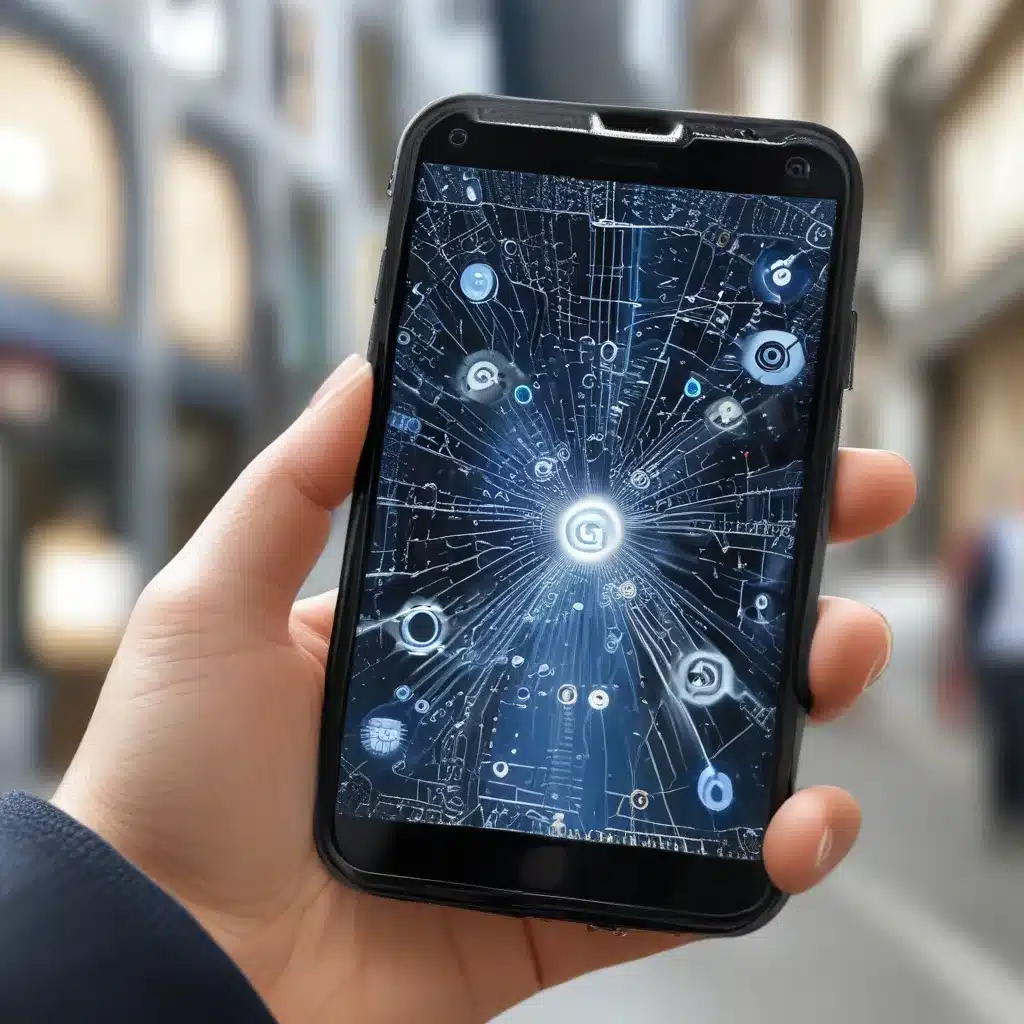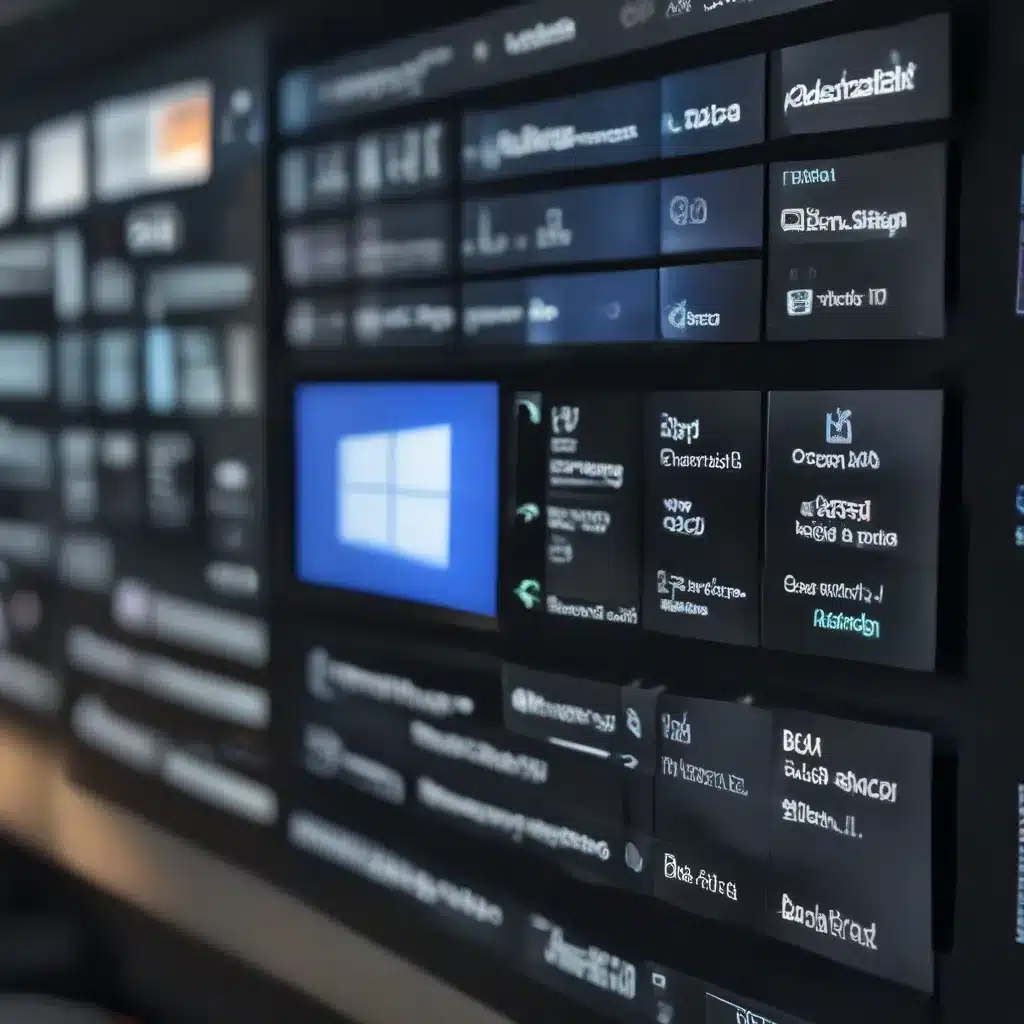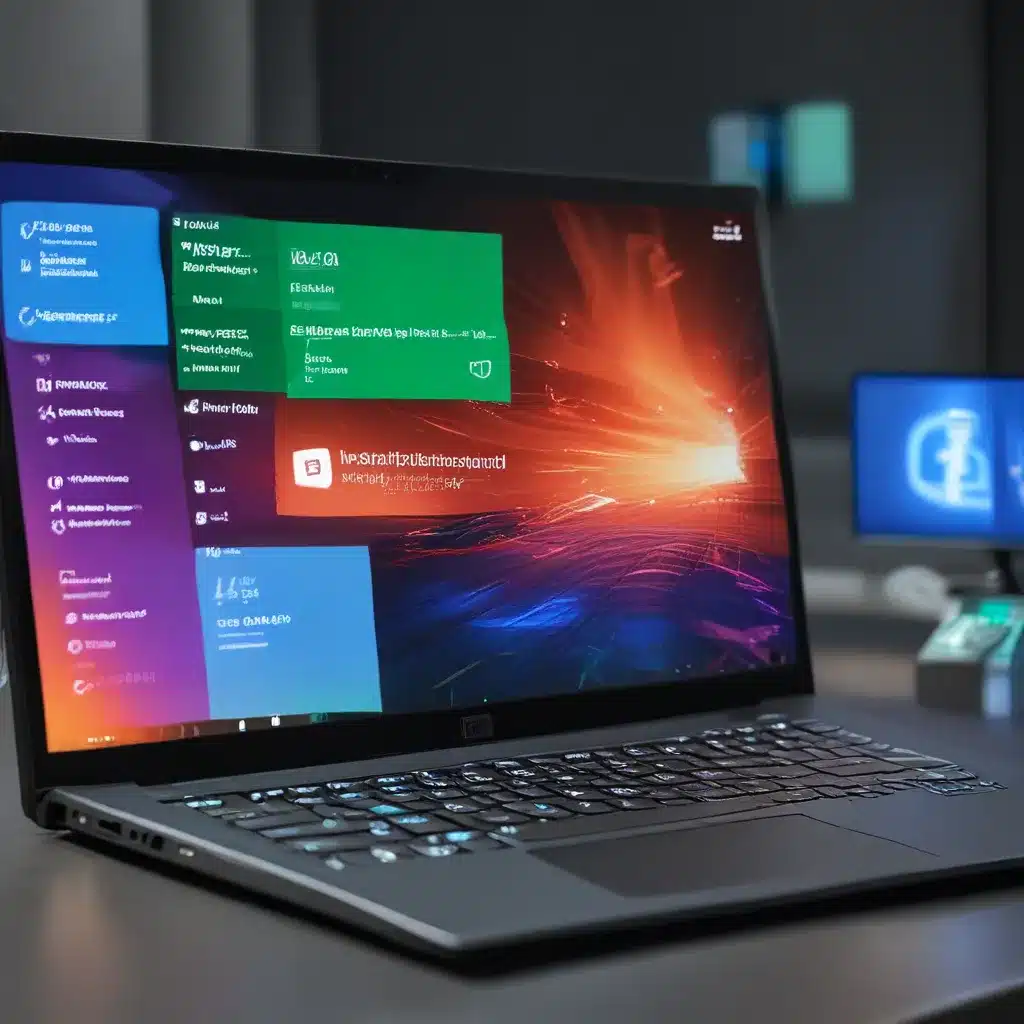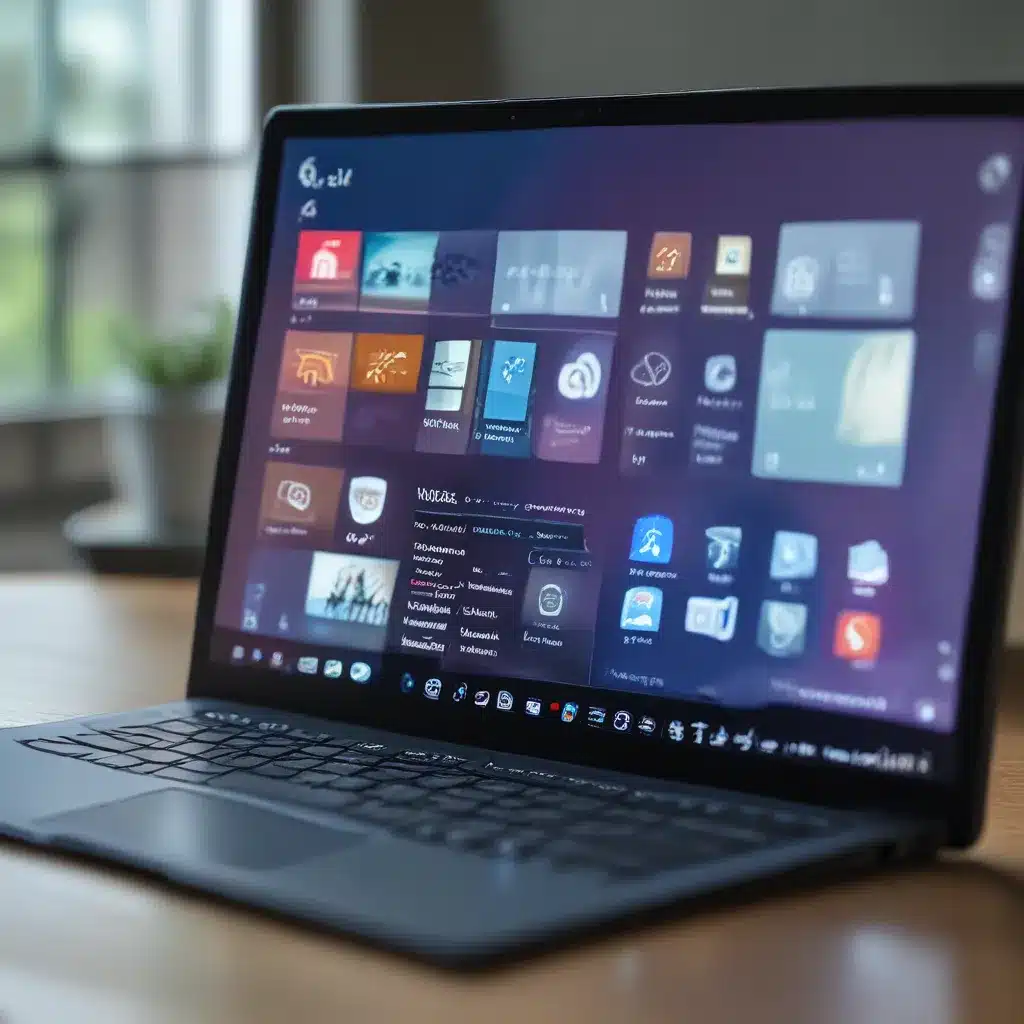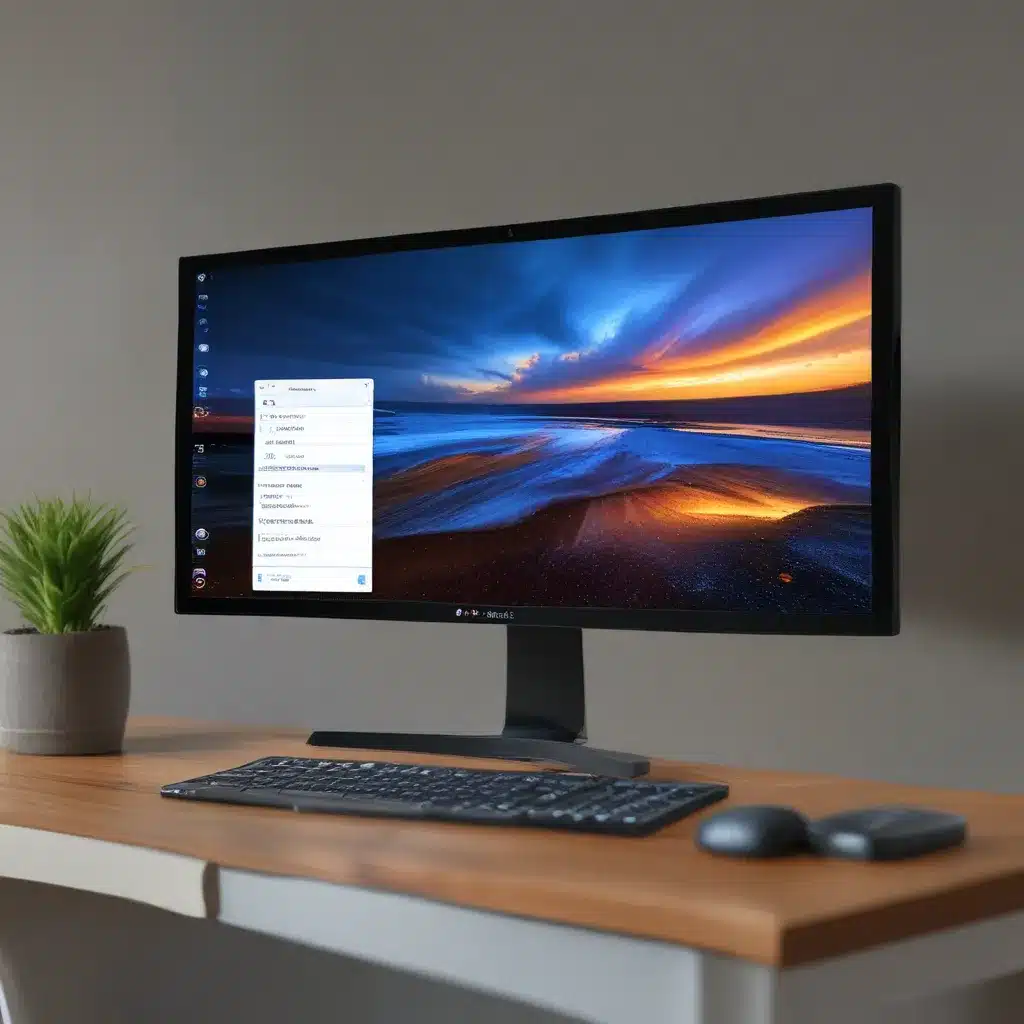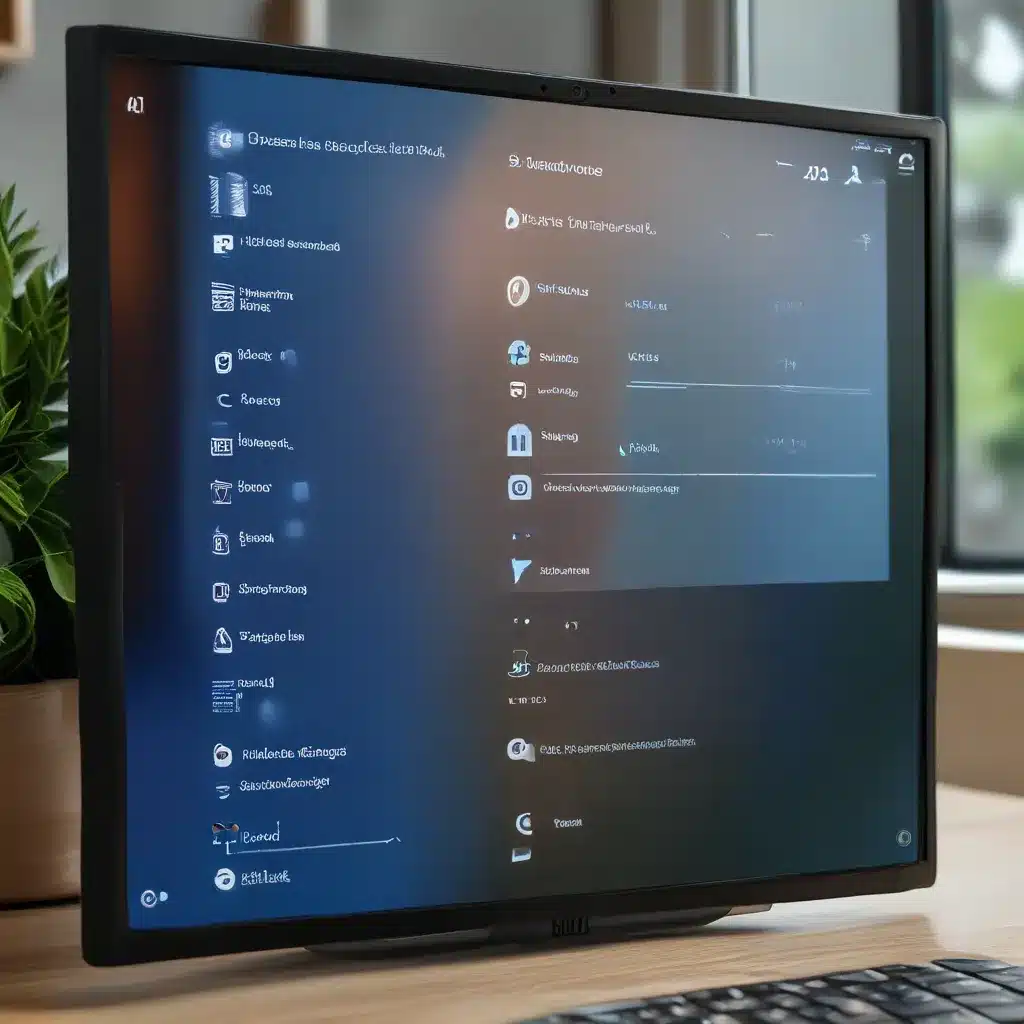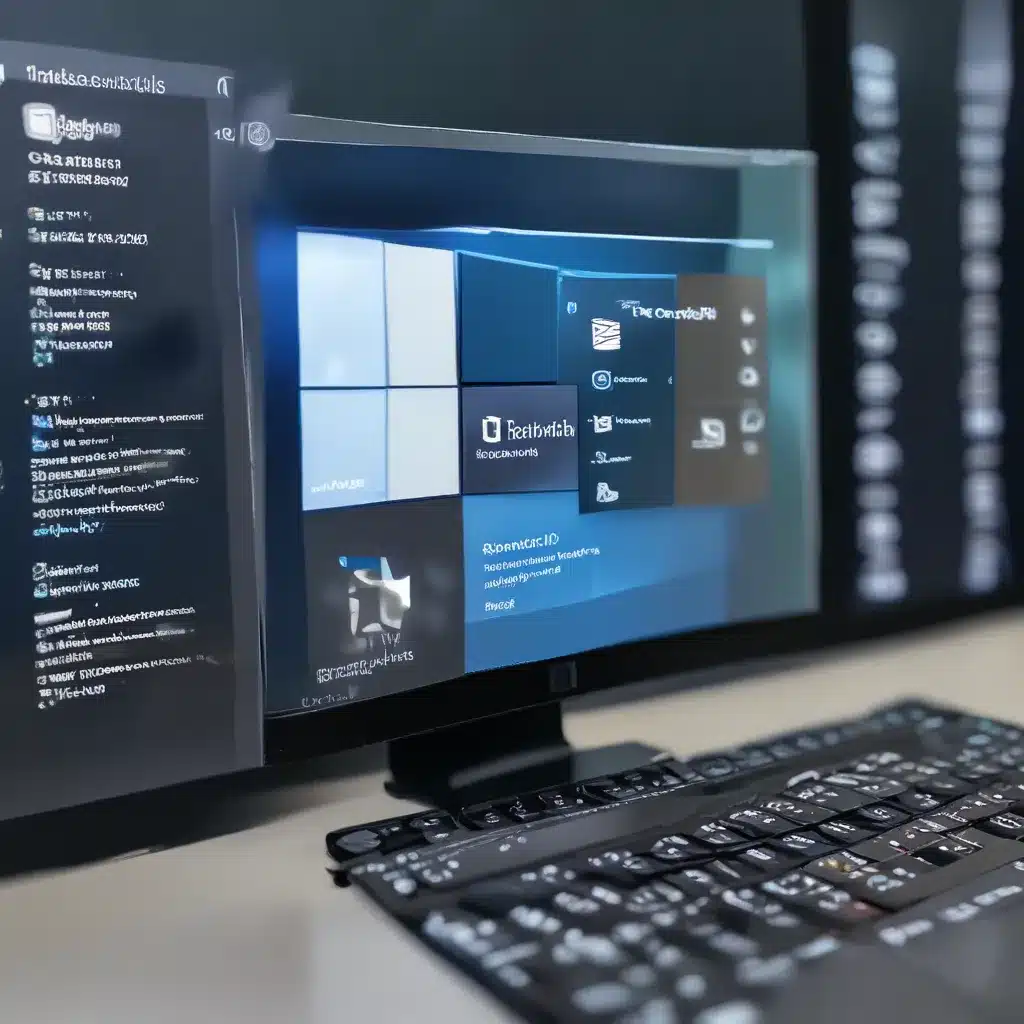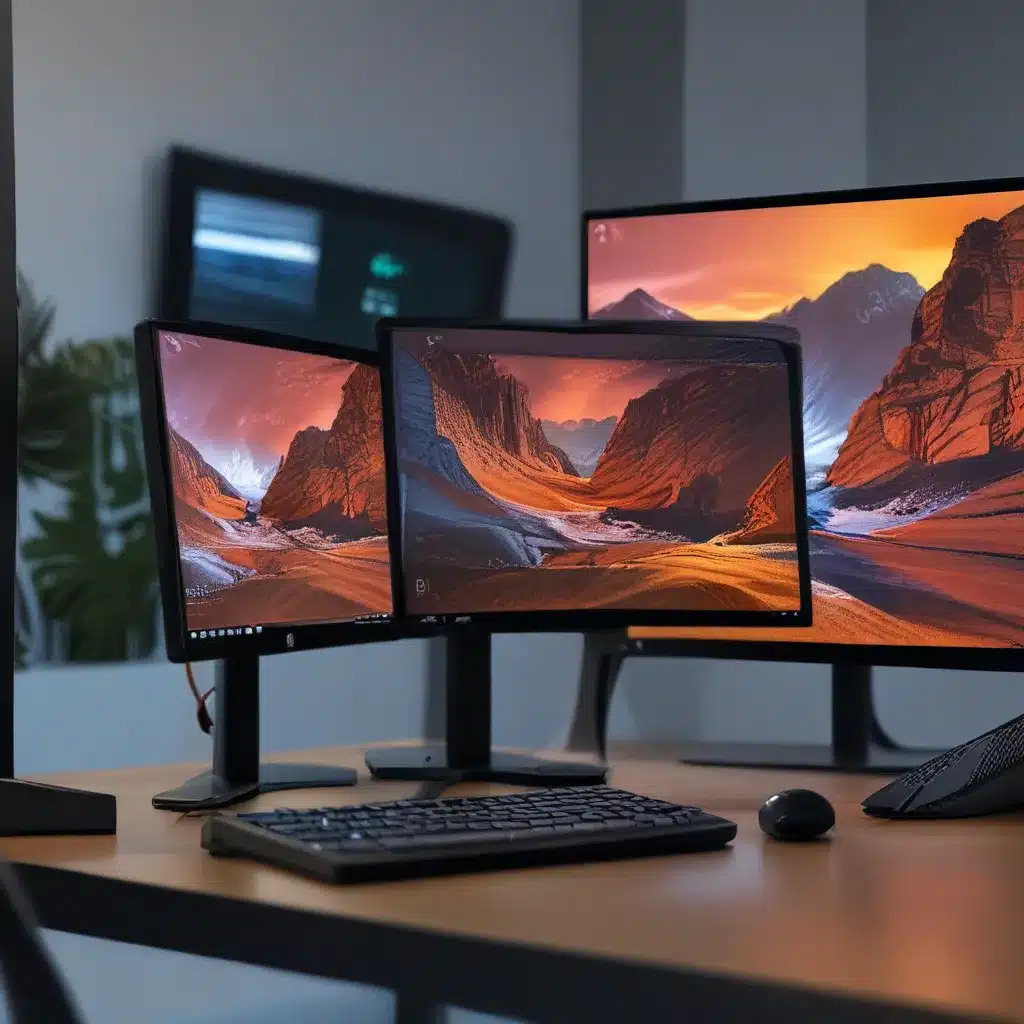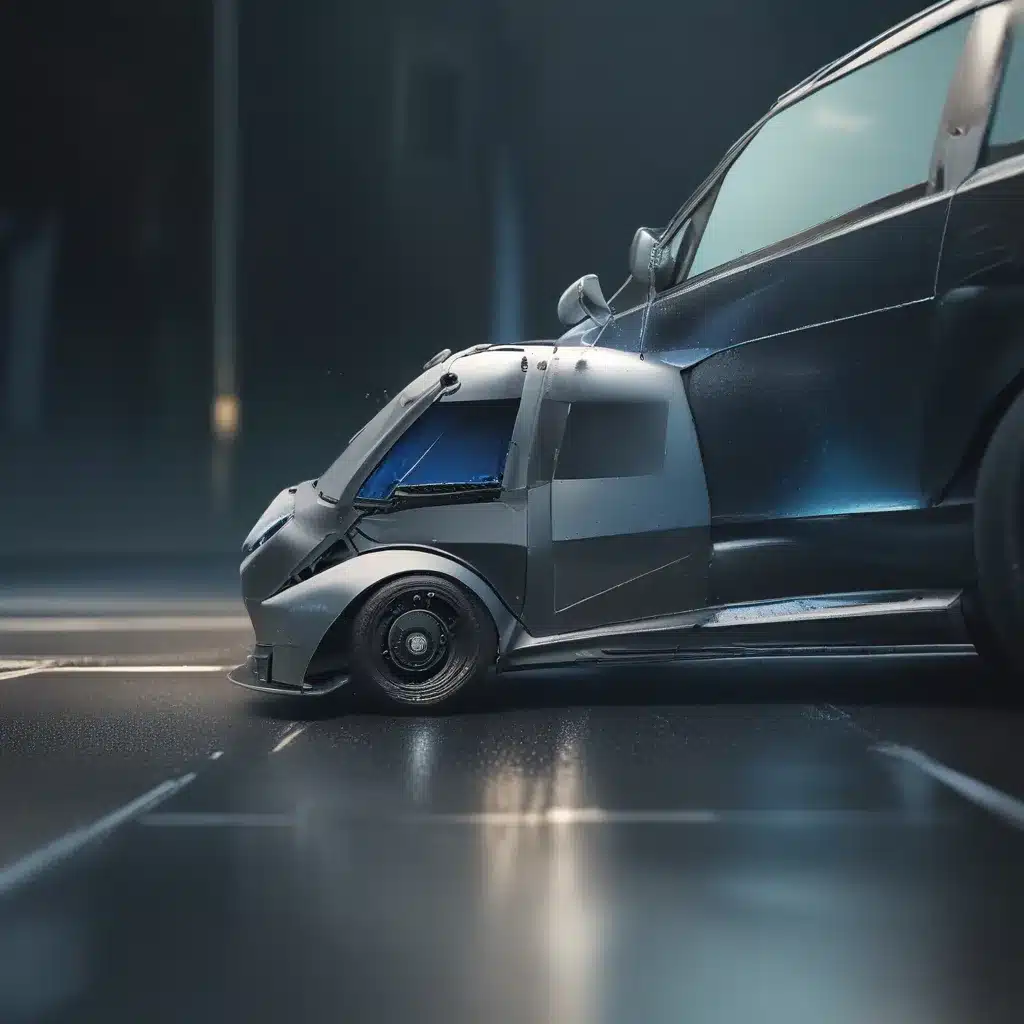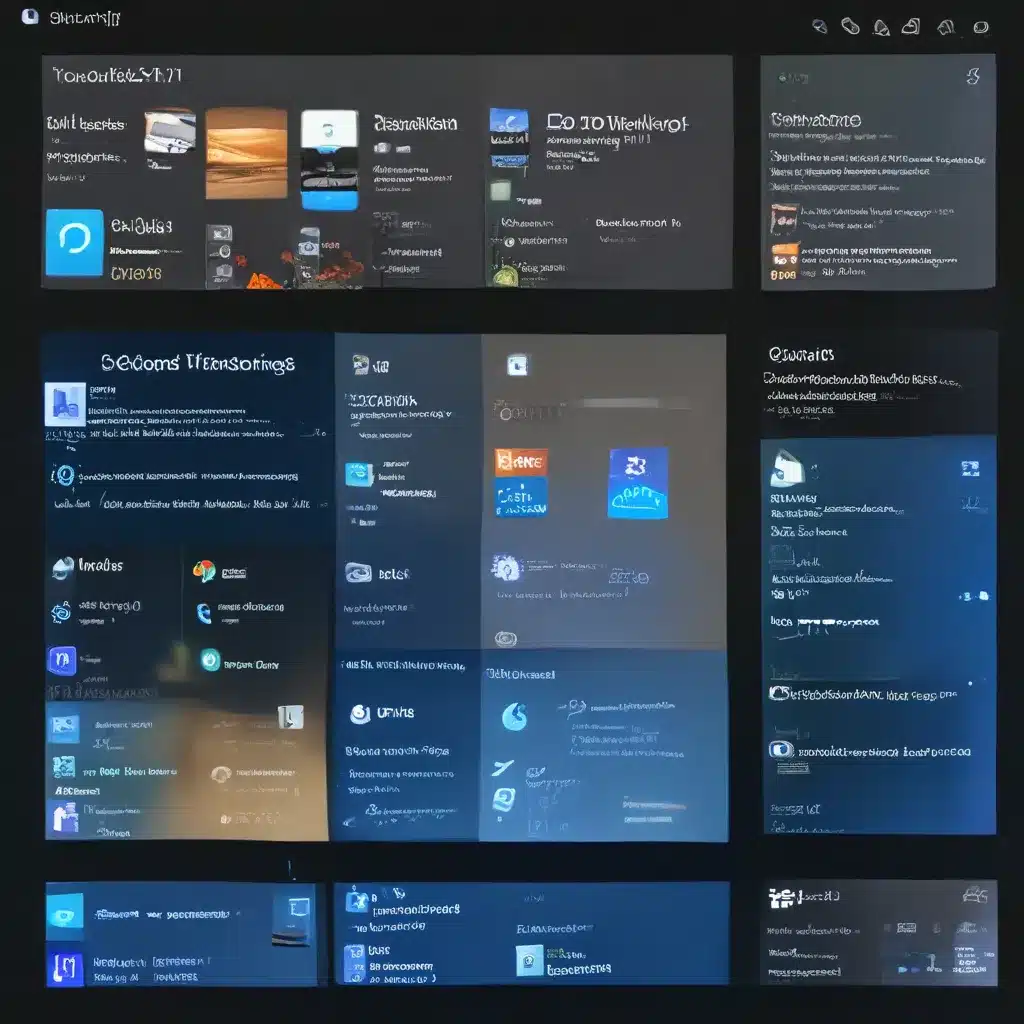Uncovering the Smartphone Sensor Superpower
I’ll admit it – I’m a bit of a smartphone geek. There’s just something about these pocket-sized powerhouses that fascinates me. The way they seem to anticipate our every need, guiding us through our day with the perfect blend of convenience and capability. But it’s not the shiny exteriors or the lightning-fast processors that really get me excited. No, what I find truly awe-inspiring are the unsung heroes hidden deep within these devices: the sensors.
Think about it – our smartphones are packed with an array of tiny, specialized sensors that can detect everything from the slightest tilt of our wrist to the ambient temperature in the room. And these sensor-driven capabilities aren’t just for our personal entertainment. Nope, these little technological marvels are poised to revolutionize the way we deliver IT services.
Sensing the Future of IT Service Delivery
As an IT professional, I’ve seen first-hand how the rise of smartphone sensors is changing the game. Gone are the days of clunky, desktop-bound diagnostic tools. Instead, we’re entering an era where the very devices our customers use can provide us with a wealth of real-time data, allowing us to anticipate and address issues before they ever become a problem.
Take, for example, the accelerometer and gyroscope sensors found in most smartphones. These little guys can detect even the slightest movements and orientation changes, giving us unprecedented insight into how our customers are interacting with their devices. Imagine being able to identify a sudden drop in a device’s orientation, indicating a potential hardware issue, before the customer even notices a problem. Or using the accelerometer data to pinpoint the exact moment a device slipped out of a user’s hand, allowing us to proactively dispatch a replacement.
But it doesn’t stop there. The proximity sensors in our customers’ smartphones can alert us to when a device is suddenly out of range, signaling a potential network connectivity issue. And the ambient light sensors? Those can help us detect sudden changes in the user’s environment, which could be indicative of a device overheating or experiencing other hardware-related problems.
The possibilities are endless, and savvy IT service providers are already harnessing the power of these built-in sensors to deliver a level of proactive support that was once the stuff of science fiction.
Sensing the Future: The Rise of 3D Mobile Sensing
But the sensor revolution isn’t just about the capabilities we have today. The future of mobile sensing is set to take us to new, uncharted territories. Think about the potential of 3D sensors – the kind that can capture detailed depth information and create immersive, three-dimensional models of the world around us.
Imagine a scenario where a customer reports a problem with their desktop computer. Instead of blindly walking them through a troubleshooting process, we could leverage the 3D sensors in their smartphone to create a detailed, interactive model of their workspace. With a few taps, we’d be able to virtually navigate their office, identify the exact location of the desktop, and even check for any potential environmental factors that could be impacting its performance.
And it’s not just about desktops. These 3D sensing capabilities could revolutionize the way we provide support for a wide range of IT devices, from printers and scanners to network routers and smart home hubs. Heck, we might even be able to use them to create 3D models of our customers’ devices, allowing us to identify and address hardware issues with precision and efficiency that was previously unimaginable.
The implications for the future of IT service delivery are mind-boggling. And the best part? This sensor-driven revolution is already well underway, with companies like Amazon leading the charge in the development of next-generation mobile sensing technologies.
Putting Sensor-Driven IT Services to the Test
Of course, all of this talk about the power of smartphone sensors is well and good, but the real proof is in the pudding. So, let me share a personal anecdote that illustrates just how transformative these technologies can be in the world of IT service delivery.
Not long ago, I had a customer who was experiencing some intermittent issues with their network connectivity. The usual troubleshooting methods didn’t seem to be doing the trick, and the customer was getting increasingly frustrated. But then, I had an idea – what if we could leverage the sensors in their smartphone to get a better handle on what was going on?
With the customer’s permission, I asked them to open a special diagnostic app on their device. Within seconds, the app was able to detect a sudden drop in the device’s proximity to the router, indicating a potential issue with the network connection. Armed with this information, I was able to quickly identify the root cause of the problem – a faulty Ethernet cable that was causing intermittent disconnections.
The best part? I was able to resolve the issue and get the customer back up and running in a fraction of the time it would have taken using traditional troubleshooting methods. And the customer? They were absolutely blown away by the level of proactive support I was able to provide, all thanks to the power of smartphone sensors.
The Sensor-Driven Future of IT Service Delivery
As I reflect on that experience, it’s clear to me that the future of IT service delivery is inextricably linked to the capabilities of smartphone sensors. These tiny technological marvels are poised to transform the way we anticipate, identify, and address customer issues, ushering in a new era of proactive, personalized support.
And the best part? This sensor-driven revolution is just getting started. As 3D sensing technologies continue to evolve and become more widespread, the possibilities for IT service delivery will only continue to expand. Imagine being able to create detailed, interactive models of our customers’ entire IT environments, allowing us to pinpoint and resolve issues with unparalleled speed and accuracy.
It’s an exciting time to be in the IT services industry, and I can’t wait to see what the future holds. So, if you’re an IT professional like me, I encourage you to keep a close eye on the latest advancements in smartphone sensor technology. Because trust me, the future of IT service delivery is going to be a wild ride – and you won’t want to miss it.
And if you’re a customer, I hope this article has given you a glimpse into the incredible potential of these sensor-driven technologies. Because at the end of the day, our goal as IT service providers is to make your life easier, more efficient, and more productive. And with the power of smartphone sensors at our fingertips, we’re just getting started.
So, why not head on over to https://itfix.org.uk and see how we can put these sensor-driven technologies to work for you? I promise, it’ll be an eye-opening experience.

